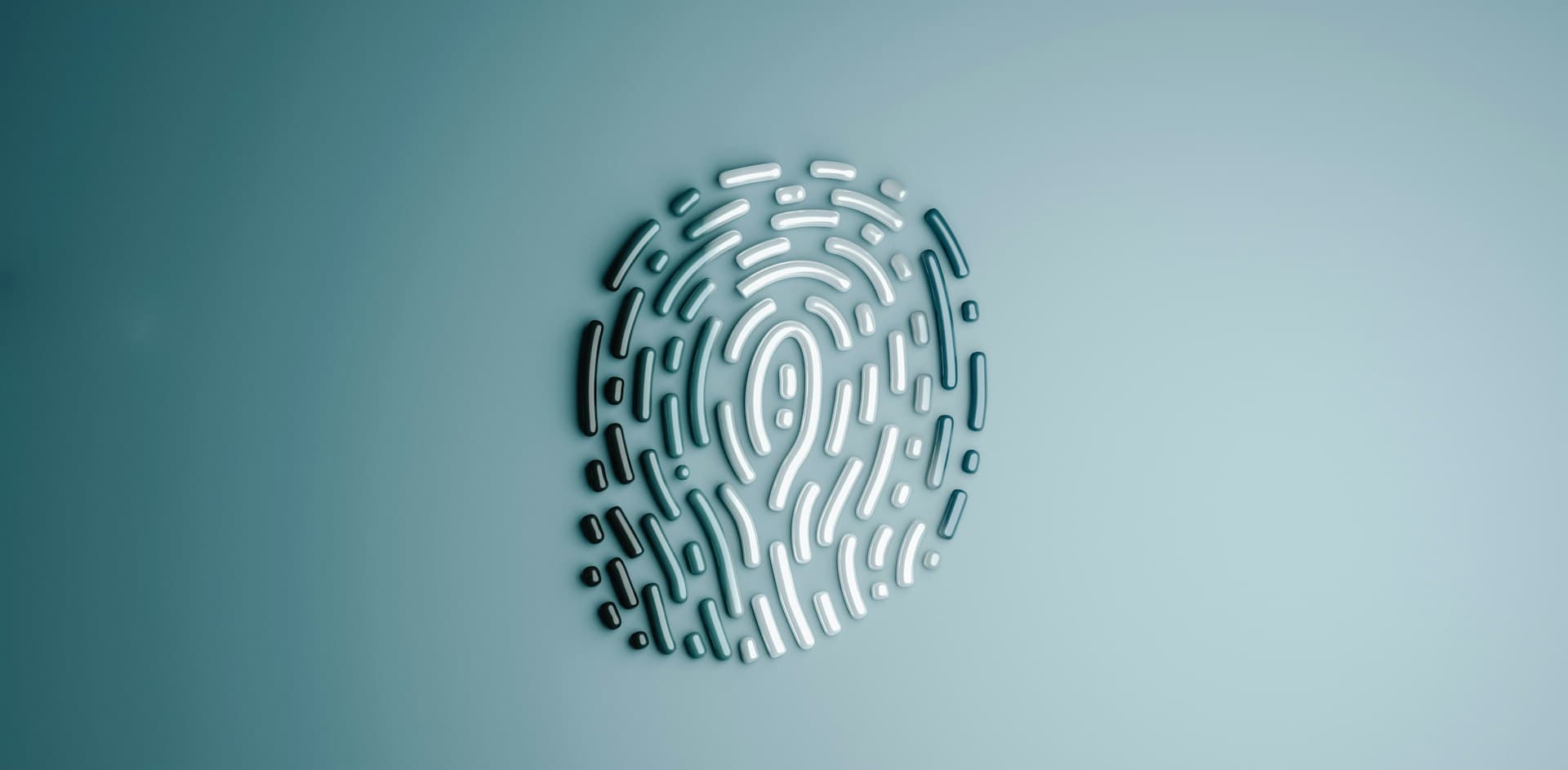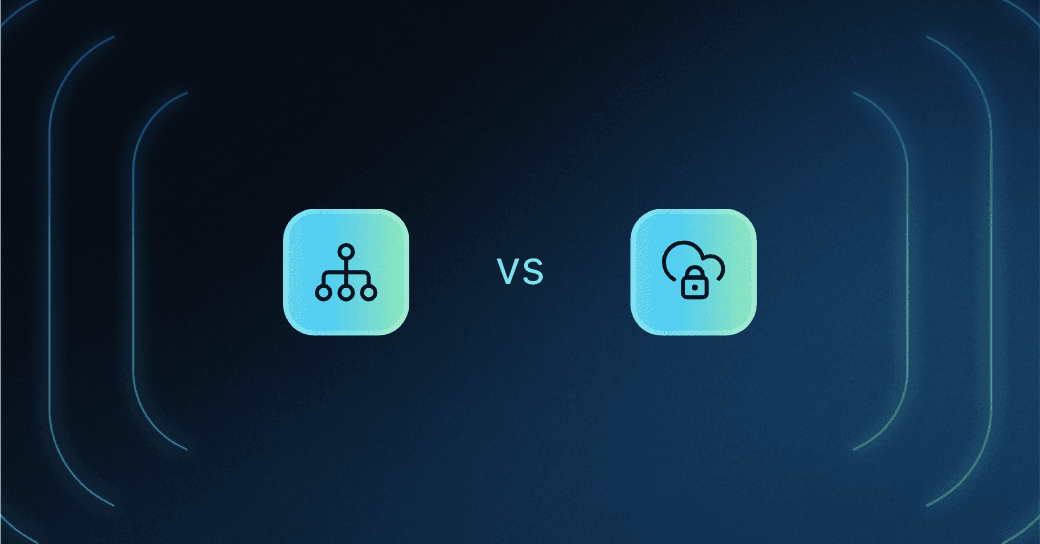Table of Contents
What is authentication?
In today's digital age, securing access to sensitive information or restricted areas is paramount. Two critical concepts in achieving this security are authentication (authN) and authorization (authZ). Despite their intertwined roles in securing digital identities and resources, authentication and authorization serve distinct purposes within the broader framework of cybersecurity and access control.
This blog will unravel the complexities surrounding authN vs authZ, shedding light on their definitions, how they differ, and why understanding this difference – or rather a symbiotic relationship – is vital for both users and developers.
What is authentication?
Authentication acts as the foundational gatekeeper, determining whether an entity – be it a user, a device, or a service – is who or what it claims to be before granting access to resources within a system. It’s the digital equivalent of asking for ID at the entrance of a club. Before you can decide if someone is allowed inside, you need to know who they are.
This process involves the verification of credentials, such as passwords, security tokens, or biometric data, against a predefined set of data within the system. If the credentials match, the entity is authenticated and thereby allowed access. Authentication effectively serves as the first line of defense, ensuring that only legitimate users can interact with the application.
Common authentication methods
Authentication methods have evolved significantly over the years, becoming more sophisticated as the threat landscape has become increasingly complex. Here are some of the most common authentication methods used today:
Passwords: Most common but insecure, password-based authentication involves a secret phrase that the user must enter to gain access. Despite being widely used, it is often considered less secure.
One-time passwords (OTPs): A single-use code often sent via SMS or email. More secure than static passwords as they are much harder for attackers to reuse or guess.
Authenticator apps: These apps, such as Google Authenticator or Authy, provide a more secure alternative to SMS-based OTPs because the codes are generated on the user’s device and not sent over potentially insecure networks.
Magic links: Magic links are unique, one-time-use URLs sent to the user’s email address as a method of authentication. It’s an increasingly popular passwordless authentication method.
Physical tokens: USBs or smart cards that store digital certificates or other forms of identification and require insertion or a touch on a reader device to grant access, offering a high level of security against remote attacks.
Biometrics: Biometric authentication uses unique physical or behavioral characteristics for identification, such as fingerprints or facial recognition, providing a high level of security and convenience
Single sign-on (SSO) tokens: SSO tokens allow users to access multiple applications or services with one set of credentials, improving convenience and reducing password fatigue.
After confirming the user provided the correct credentials, the next step is to authorize their access.
What is authorization?
While authentication confirms an entity's identity, authorization determines what an authenticated user or service is allowed to do within a system. It is the process that occurs after authentication, providing a way to ensure that an authenticated entity has the appropriate permissions to access resources or perform specific operations.
While authentication answers the question, "Are you who you claim to be?" authorization goes a step further to address, "What are you allowed to do?"
Authorization models
Depending on the organization’s authorization model, access can be granted or denied based on:

Role-Based Access Control (RBAC): In this model, users are assigned to roles based on their job functions, and each role is granted access to resources necessary for its responsibilities.
Relationship-Based Access Control (ReBAC): In this model, access control is defined through relationships between users and resources (e.g. ownership, inheritance, group membership).
Attribute-Based Access Control (ABAC): ABAC uses policies that evaluate attributes, like location or department of users, to make authorization decisions. This allows for more dynamic and context-sensitive access control compared to RBAC.
Mandatory Access Control (MAC): MAC relies on security clearance to provide data access based on its sensitivity.
Discretionary Access Control (DAC): The opposite of MAC, DAC leaves authorization decisions to the object owner’s discretion.
Learn more: RBAC vs. ABAC: What’s the Difference?
Authentication vs authorization: Differences and relationship
Authentication confirms who the user is, and authorization determines what the user can do.
Authentication and authorization, despite their differences, are integral to the security and functionality of digital systems. They operate in a symbiotic relationship where one complements the other:
Authentication validates user identities: It ensures that users are who they say they are. Without authentication, there's no basis to grant or deny access since the system cannot confirm user identity.
Authorization defines the access level: Once users are authenticated, authorization ensures they can only interact with the parts of the system relevant to their roles or permissions. Without authorization, even authenticated users could potentially access sensitive or critical resources they should not, leading to security risks.
The successful implementation of both authentication and authorization processes is critical for ensuring secure access to resources and systems. By implementing strong authentication and authorization, organizations can protect against unauthorized access, prevent identity theft, ensure compliance with regulations, enable granular access controls, and enhance their overall security posture.
| Authentication | Authorization |
|---|---|---|
Function | Confirming a user's identity | Granting or denying access to a resource |
Purpose | To ensure that only intended users can access a resource or system | To determine what a user is authorized to do once their identity has been confirmed |
Methods | Passwords, biometrics, multi-factor authentication | Permissions, roles, attributes |
Relationship to each other | Authentication is a prerequisite for authorization | Authorization cannot occur without authentication |
Example of AuthN vs AuthZ
Consider a user attempting to access an online banking application. Authentication occurs when the user logs in with their username and password (and possibly undergoes additional verification through OTPs or biometrics if MFA is enabled). The banking application verifies that the credentials match their records, confirming the user's identity.
Once authenticated, authorization takes over. The application determines what the user is allowed to do based on their account type or role. For example, a standard user may be able to view account balances, transfer funds, and pay bills, but only bank administrators can approve loans or manage user accounts.
This distinction ensures that even if a user is correctly authenticated, they cannot perform actions outside their permissions, safeguarding the system from unauthorized operations which could potentially result in financial loss or data breaches.
Authentication and authorization with Descope
Authentication and authorization may be distinct processes, but they’re also inseparable. Your organization needs to excel at both to protect your app while providing users with a frictionless experience.
Descope helps developers add authentication and fine-grained authorization to their applications with a few lines of code. Our drag-and-drop workflows, SDKs, and APIs abstract away auth complexity – while also making it frictionless and secure – so that you can spend more time building your core product.

Particularly, Descope’s passwordless capabilities add an essential layer of security for sensitive environments and data.
Sign up for a Free Forever account to optimize your authentication and authorization flow today. Have questions about implementation with Descope? Book time with our auth experts.






